Home>Garden Essentials>When To Plant Bahia Grass Seed
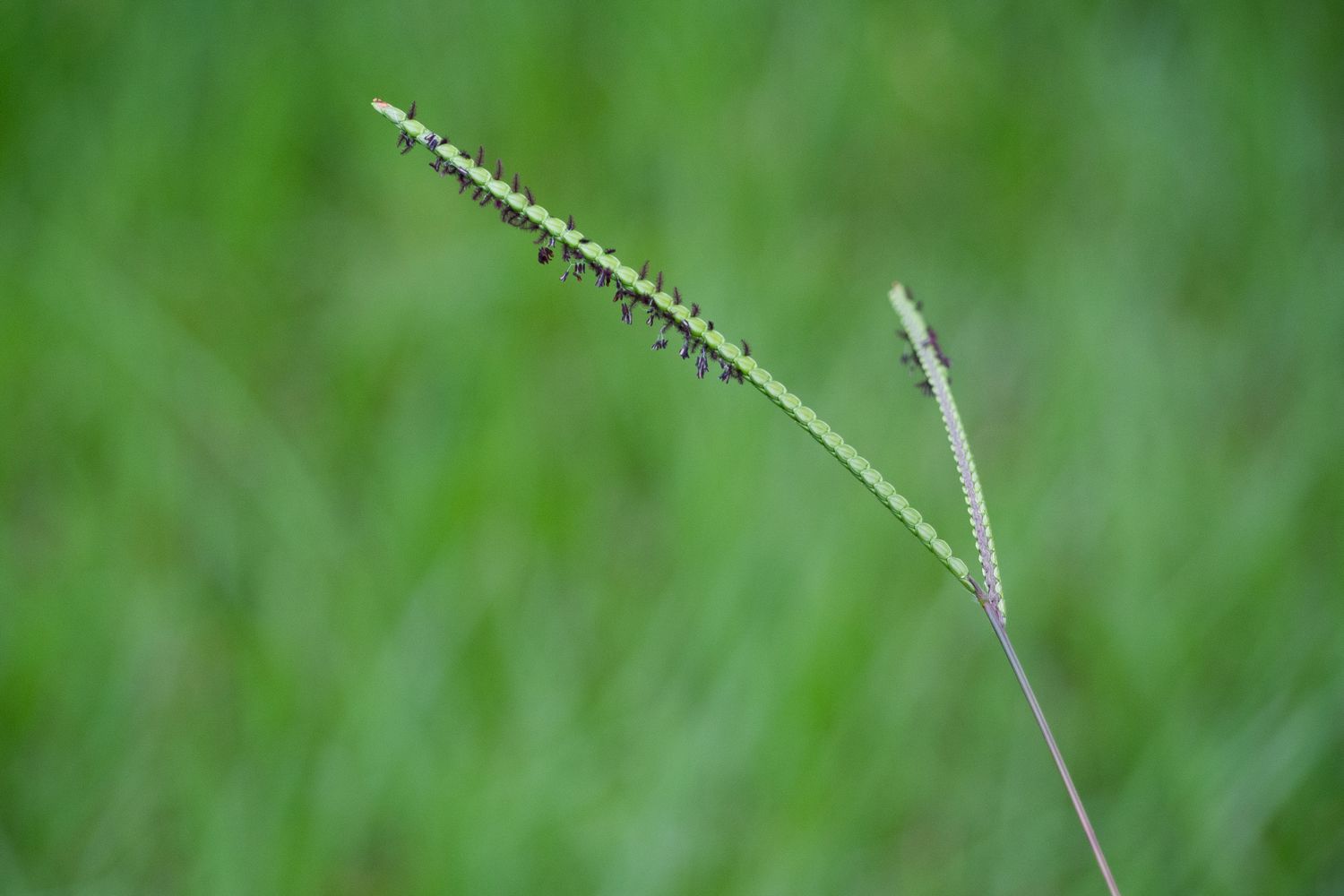

Garden Essentials
When To Plant Bahia Grass Seed
Modified: March 16, 2024
Looking to plant Bahia grass seed in your garden? Learn the best time to plant and ensure a lush, green lawn with our expert tips.
(Many of the links in this article redirect to a specific reviewed product. Your purchase of these products through affiliate links helps to generate commission for Storables.com, at no extra cost. Learn more)
Introduction
Are you looking to enhance the beauty of your garden with lush green grass? Bahia grass could be the perfect choice for your landscape. This warm-season grass variety is known for its durability and ability to withstand heat and drought. Whether you’re a seasoned gardener or a beginner, planting Bahia grass seed can be a rewarding and cost-effective way to transform your outdoor space.
Before diving into the process of planting Bahia grass seed, it’s important to consider a few factors. Understanding the best time of year to plant, the ideal climate and soil conditions, as well as the necessary steps for planting and maintenance, will ensure successful growth and a vibrant lawn. So, let’s explore these factors in detail to guide you through the process of planting and caring for Bahia grass seed.
Key Takeaways:
- Choose the Right Time: Plant Bahia grass seed in late spring or early summer when soil temperatures are 65-70°F, or in fall for mild winter regions. Proper timing ensures successful growth.
- Care for Success: After planting, water deeply, mow at 2-3 inches, control weeds, and fertilize as needed. Regular maintenance keeps Bahia grass healthy and vibrant.
Read more: When To Plant Bahia Grass
Factors to Consider Before Planting Bahia Grass Seed
Before you start planting Bahia grass seed, it’s essential to take several factors into consideration to ensure the best possible results. Here are a few key factors you should keep in mind:
- Climate: Bahia grass thrives in warm climates and is well-suited for regions with long, hot summers. It is commonly found in the southern United States. Consider whether your climate is suitable for Bahia grass before starting the planting process.
- Soil Type: Bahia grass can tolerate a variety of soil types, including sandy and clay soils. However, it prefers well-drained soils with a slightly acidic pH level. Conduct a soil test to determine the pH and nutrient levels of your soil before planting.
- Sunlight: Bahia grass requires ample sunlight to grow and thrive. Ensure that the area you plan to plant the seed in receives at least 6-8 hours of direct sunlight daily. Avoid areas with heavy shade as it can inhibit the grass’s growth.
- Watering: While Bahia grass is known for its drought tolerance, it still requires regular watering to establish strong roots. Consider the availability of a reliable water source and your willingness to water the lawn consistently.
- Usage: Determine the purpose of your lawn. Bahia grass is a durable and hardy variety, making it suitable for lawns that will experience heavy foot traffic or for those looking for a low-maintenance option.
By considering these factors, you can ensure that Bahia grass is a suitable choice for your specific garden and that you can create a suitable growing environment for its successful establishment and growth. Now that you have assessed these factors, let’s move on to the best time of year to plant Bahia grass seed.
Best Time of Year to Plant Bahia Grass Seed
The timing of planting Bahia grass seed is crucial for its successful germination and establishment. While Bahia grass can be planted throughout the year in warm climates, there are optimal seasons for planting to ensure the best results. The ideal time to plant Bahia grass seed is during the late spring or early summer when the soil temperature reaches around 65 to 70 degrees Fahrenheit (18 to 21 degrees Celsius).
Planting Bahia grass seed during this period allows for quicker seed germination and establishment as the warm soil temperatures promote rapid growth. Additionally, spring and early summer provide enough time for the grass to develop strong roots and establish a healthy foundation before the extreme heat of summer kicks in.
If you’re located in a region with mild winters and warm summers, such as the southern United States, you can also consider fall as a suitable time for planting Bahia grass seed. Planting in the fall allows the seed to germinate and establish itself before going dormant during winter. Come spring, the grass will resume growth and provide a lush green lawn for the summer months.
It’s important to note that Bahia grass seed requires a consistent supply of water during the germination phase. Therefore, it’s wise to choose a time for planting when rainfall is more abundant or be prepared to provide supplemental irrigation to ensure proper moisture levels.
Understanding the optimal time to plant Bahia grass seed will enhance the chances of successful establishment and growth. In the next section, we will discuss the appropriate temperature and soil conditions needed for planting Bahia grass seed.
Temperature and Soil Conditions for Planting Bahia Grass Seed
Both temperature and soil conditions play vital roles in the successful germination and establishment of Bahia grass seed. Let’s take a closer look at the ideal temperature and soil conditions needed for planting Bahia grass seed:
Temperature: Bahia grass thrives in warm climates and prefers temperatures between 70 and 90 degrees Fahrenheit (21 to 32 degrees Celsius) for optimal growth. When planting Bahia grass seed, it’s important to ensure that the soil temperature is consistently above 65 degrees Fahrenheit (18 degrees Celsius) to promote germination. You can use a soil thermometer to monitor the temperature and ensure it meets the recommended range.
Soil Type: Bahia grass can adapt to a variety of soil types, including sandy, clayey, or loamy soils. However, it prefers soils that are well-drained to prevent waterlogging. Before planting, assess the drainage capacity of your soil to ensure excess water can flow away rather than pooling around the seeds, which can hinder germination and lead to fungal diseases. Amending the soil with organic matter, such as compost or peat moss, can help improve drainage in heavy clay soils.
Soil pH: Bahia grass thrives in slightly acidic to neutral pH levels, ranging from 5.8 to 7.0. Conduct a soil test to determine the pH level of your soil. If the pH is too acidic, you can raise it by adding lime, and if it’s too alkaline, you can lower it by adding sulfur. Making adjustments to optimize the pH level will create an ideal environment for Bahia grass seed germination and growth.
Soil Preparation: Before planting Bahia grass seed, it’s essential to prepare the soil properly. Start by removing any existing vegetation, such as weeds or grass, and loosen the topsoil to a depth of 4-6 inches (10-15 cm). This allows the roots of the Bahia grass seed to penetrate easily and establish a strong foundation. Incorporating organic matter into the soil, such as compost or well-rotted manure, can improve soil fertility and texture, promoting better nutrient and water absorption.
By ensuring the optimal temperature and soil conditions, you set the stage for successful Bahia grass seed germination and growth. Now that you know the importance of these conditions, let’s move on to the steps involved in planting Bahia grass seed.
Plant Bahia grass seed in the spring or early summer when the soil temperature is consistently above 65°F. This will give the seeds the best chance to germinate and establish a healthy lawn.
Steps for Planting Bahia Grass Seed
Planting Bahia grass seed requires careful preparation and attention to detail. Follow these steps to ensure the best chances of successful germination and establishment:
- Prepare the soil: Clear the area of any existing vegetation, such as weeds or grass. Loosen the topsoil using a garden fork or tiller to a depth of 4-6 inches (10-15 cm). Remove any rocks, debris, or roots from the soil.
- Amend the soil: If necessary, amend the soil with organic matter, such as compost or well-rotted manure, to improve its fertility and drainage. Spread a layer of organic matter over the area and work it into the soil with a garden rake or tiller.
- Level the soil: Use a garden rake to level the soil surface, ensuring a smooth and even surface for planting. This will help promote uniform seed distribution and germination.
- Sow the seeds: Broadcast the Bahia grass seed evenly over the prepared soil. Ideally, use a seed spreader or spread the seeds by hand, ensuring a consistent coverage. For better seed-to-soil contact, lightly rake the soil after sowing the seeds.
- Water the area: After sowing the seeds, water the area thoroughly to ensure proper moisture. Keep the soil consistently moist but not overly saturated during the germination period. Aim for approximately 1 inch (2.5 cm) of water per week, either through rainfall or supplemental irrigation.
- Maintain consistent moisture: Water the seeded area regularly to maintain consistent moisture until the grass is established. Be cautious not to overwater, as this can lead to fungal diseases. As the grass begins to grow, gradually decrease the frequency of watering while increasing the amount of water applied to encourage deep root growth.
- Mow the grass: Once the Bahia grass reaches a height of 3-4 inches (7.6-10 cm), you can start mowing. Set the mower to a height of 2-3 inches (5-7.6 cm) and avoid cutting more than one-third of the grass blade length at a time. Regular mowing will help promote denser growth and a healthier lawn.
- Fertilize as needed: Bahia grass is relatively low-maintenance and doesn’t require frequent fertilization. However, if you notice signs of nutrient deficiencies or poor growth, you may need to apply a slow-release fertilizer specifically formulated for Bahia grass. Follow the manufacturer’s instructions for application rates and timing.
By following these steps and providing proper care, you can ensure the successful establishment and growth of Bahia grass seed in your garden. In the next section, we will explore some maintenance and care tips to keep your Bahia grass lawn looking its best.
Read more: How To Plant Bahia Grass
Maintenance and Care Tips for Bahia Grass Seed
Once Bahia grass seed has been planted and begins to grow, it’s important to provide proper maintenance and care to ensure a healthy and vibrant lawn. Here are some essential tips to help you maintain your Bahia grass seed:
- Watering: While Bahia grass is known for its drought tolerance, it requires regular watering to establish strong roots. Water the lawn deeply and infrequently, allowing the soil to dry out slightly between watering sessions. This promotes deep root growth and helps the grass withstand periods of drought.
- Mowing: Maintain a proper mowing height for Bahia grass, which is around 2-3 inches (5-7.6 cm). Avoid cutting more than one-third of the grass blade length at a time to prevent stress on the grass. Regular mowing encourages denser growth and helps control weeds.
- Weed control: Bahia grass has good weed resistance, but occasional weeds may still appear. Regular mowing and maintaining a dense lawn will help suppress weed growth. If necessary, spot-treat weeds with an appropriate herbicide labeled for use on Bahia grass.
- Fertilization: Bahia grass typically requires minimal fertilization, especially if the soil is well-prepared before planting. However, if you notice signs of nutrient deficiencies, a slow-release fertilizer formulated for Bahia grass can be applied in early spring or late summer according to the recommended rates. Avoid over-fertilization, as it can lead to excessive growth and thatch buildup.
- Aeration: Periodically aerate the lawn to alleviate soil compaction and improve water and nutrient absorption. This can be done using a core aerator, which removes small plugs of soil from the ground and allows air, water, and nutrients to penetrate the root zone more effectively.
- Pest and disease management: Bahia grass is relatively resistant to pests and diseases. However, keep an eye out for common lawn pests like chinch bugs or armyworms, and treat accordingly if necessary. Proper watering, mowing, and fertilization practices will help prevent most disease issues.
- Overseeding and renovation: If you notice bare spots or thinning areas in your lawn, consider overseeding with Bahia grass seed during the appropriate season. This will help fill in the gaps and maintain a lush and uniform lawn. Conduct soil tests regularly to assess nutrient levels and make any necessary amendments to support healthy growth.
By following these maintenance and care tips, you can ensure that your Bahia grass seed flourishes and provides a beautiful and resilient lawn for your outdoor space. Let’s summarize what we’ve covered so far.
Conclusion
Planting Bahia grass seed can be a rewarding and cost-effective way to create a lush and durable lawn in your garden. By considering factors such as climate, soil type, sunlight, watering needs, and usage, you can determine if Bahia grass is the right choice for your specific landscape.
The best time to plant Bahia grass seed is during late spring or early summer when the soil temperatures are consistently around 65 to 70 degrees Fahrenheit. Fall can also be a suitable time in regions with mild winters. Ensure that the soil is well-prepared, with proper amendments and a slightly acidic to neutral pH level.
Follow the steps for planting Bahia grass seed, including soil preparation, seed distribution, watering, and maintenance. Regularly mow, water deeply, control weeds, and occasionally fertilize as needed to keep your Bahia grass lawn looking healthy and vibrant.
Remember to monitor for pests and diseases, aerate the soil, and consider overseeding or renovating bare spots when necessary. With proper care and attention, your Bahia grass lawn can provide year-round beauty and withstand the challenges of heat and drought.
So, get ready to transform your outdoor space into a lush and inviting haven with Bahia grass. Whether you’re looking for a low-maintenance lawn or a resilient option for a high-traffic area, Bahia grass is sure to meet your needs. Happy planting!
Frequently Asked Questions about When To Plant Bahia Grass Seed
Was this page helpful?
At Storables.com, we guarantee accurate and reliable information. Our content, validated by Expert Board Contributors, is crafted following stringent Editorial Policies. We're committed to providing you with well-researched, expert-backed insights for all your informational needs.
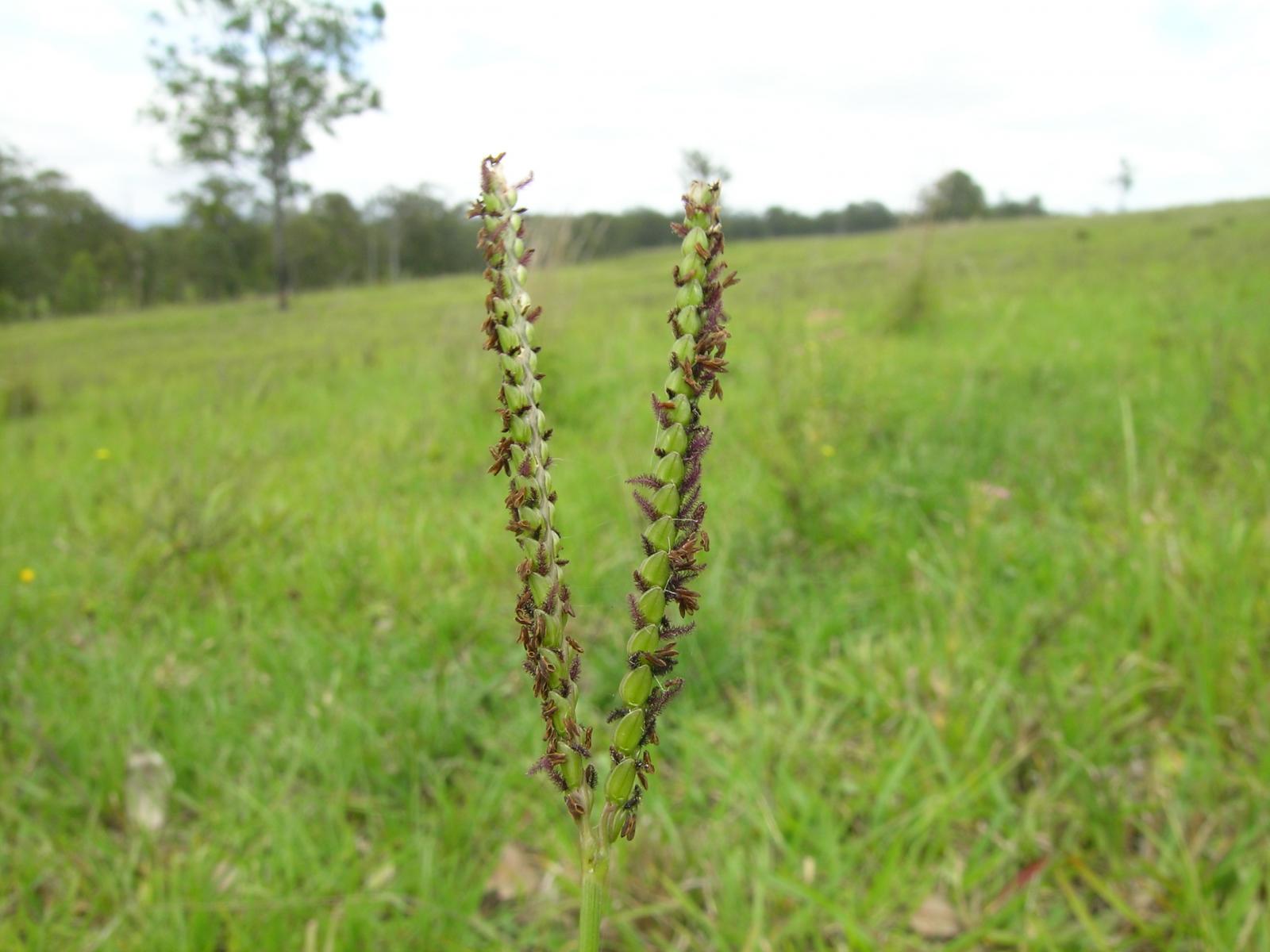
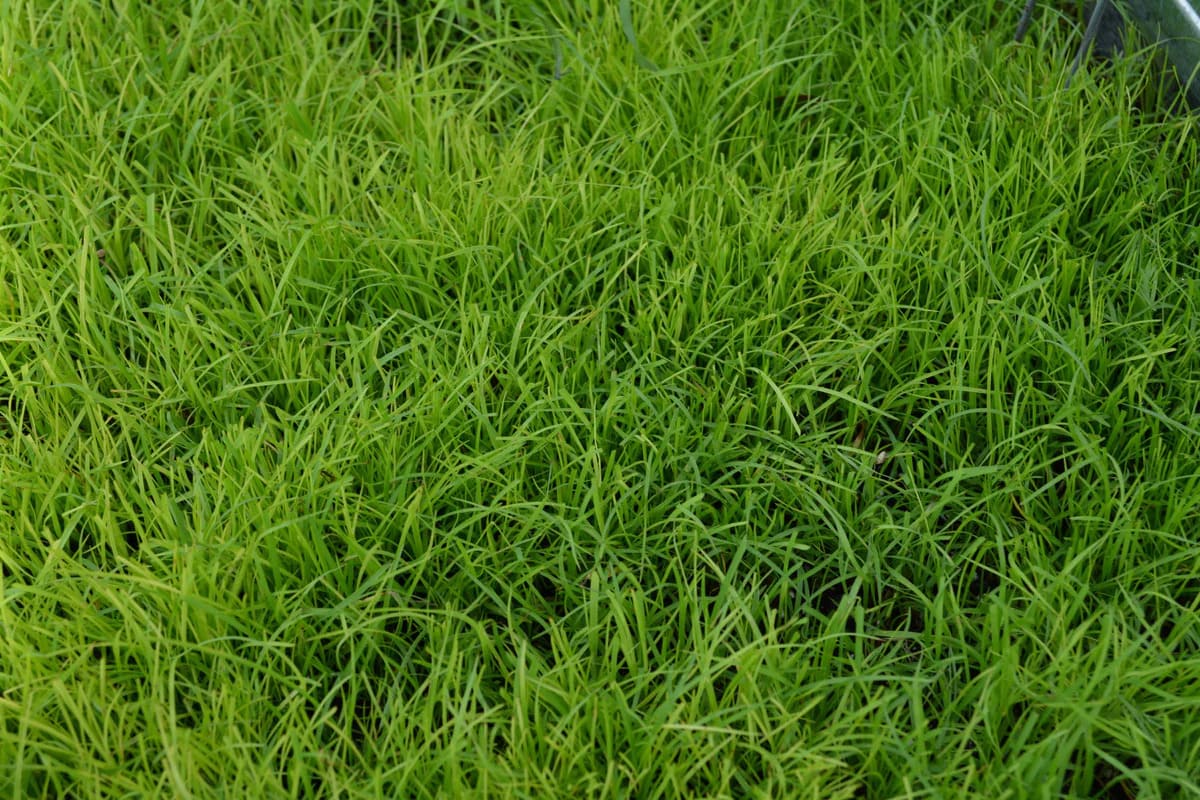










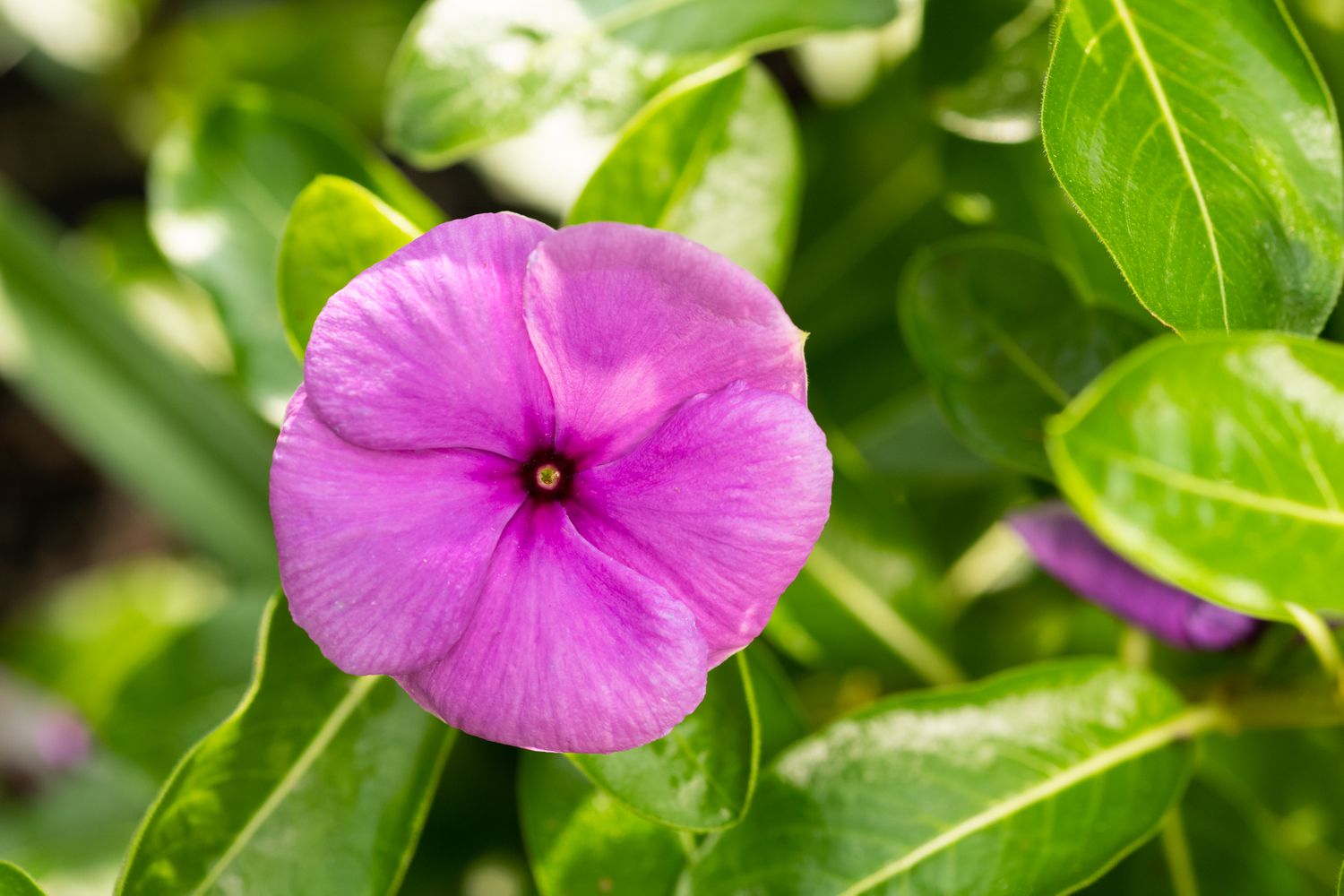
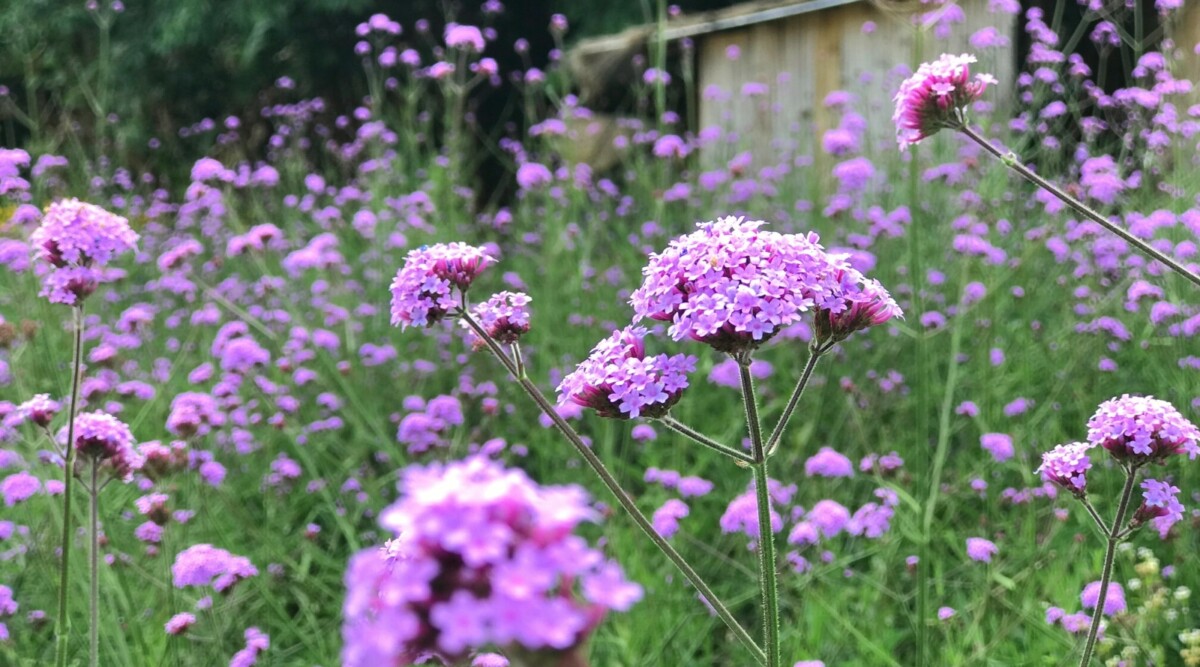

0 thoughts on “When To Plant Bahia Grass Seed”